Fractures of Patella
Introduction:
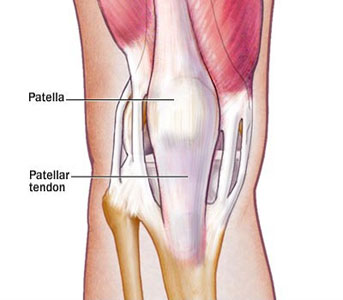 The tendon of the quadriceps muscle forms an expansion as it crosses the Knee joint. The Patella Bone is located in the center of this tendon. Extending from the lower pole of the Patella is the Patellar Tendon that attaches to the Tibial Tuberosity. The Patella functions to increase the lever arm of the quadriceps muscle.
The tendon of the quadriceps muscle forms an expansion as it crosses the Knee joint. The Patella Bone is located in the center of this tendon. Extending from the lower pole of the Patella is the Patellar Tendon that attaches to the Tibial Tuberosity. The Patella functions to increase the lever arm of the quadriceps muscle.
Fractures of the Patella are caused due to:
- Direct injuries such as falling on the Knee or road traffic accidents.
- Indirect injuries from sudden contraction of the quadriceps muscle.
Symptoms:
- Pain
- Swelling over the Knee as blood collects in the Knee Joint
- Inability to extend the Knee against gravity (raise the leg straight).
Investigations:
- X-rays: X-ray of the Knee in Anterior-posterior view, lateral view, skyline view (if possible)
- X-rays will help to classify of the Fracture.
Classification of Patella Fracture:
This is usually done according to the pattern of the Fracture.
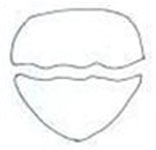 Transverse
Transverse
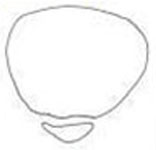 Lower Pole
Lower Pole
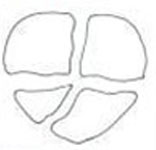 Comminuted
Comminuted
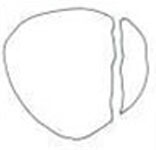 Vertical
Vertical
Choice of management depends on the following:
- Fracture is displaced or undisplaced
- Presence of extension lag
Conservative management
Indications:
Conservative management is done for undisplaced Fractures in which the medial and lateral retinaculum are intact. This is assessed by the fact that the patient is able to completely extend the leg. (no extension lag)
Treatment:
- Ankle to groin immobilizer in the form of a plaster cast or long Knee brace for 6 weeks
- Anti-inflammatory and Serratiopeptidase medications
- Rarely aspiration of the haematoma
Surgical Management
Indications:
Surgical option is chosen for patients with displaced Fractures. It is also done for undisplaced Fractures associated with tear in the retinaculum.
Surgery:
This may involve any of the three procedures but the most common and widely used procedure is tension band wiring.
Tension Band Wiring: Fracture is aligned and fixed with stainless steel wires in a figure of 8 fashion so as to give a tension band effect.
Partial Patellectomy: Few Fracture fragments are removed and the remaining bone is stitched with the tendon.
Total Patellectomy: All the Fracture fragments are removed and the tendon ends are stitched together.
Complications:
» Infection
» Arthritis
» Stiffness of the Knee Joint: seen most commonly in the following:
- Fractures with multiple pieces
- Fractures requiring removal of part or whole of Patella
- Immobilization in a plaster cast after surgery
Rehabilitation:
Knee mobilization is started the very next day after surgery with the help of continuous passive movement machine.
Patient is allowed to bear weight during walking which start on day 2 after surgery.
Stitches are removed by 12th day and complete Knee movements are achieved by about 2 weeks after surgery.
Fracture takes about 6 to 8 weeks to completely unite.
